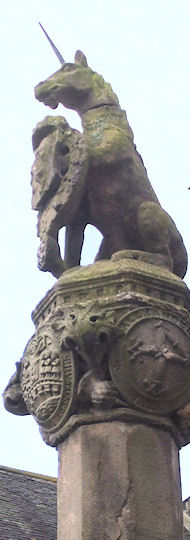While the tale told in the novel could have happened that way, chances are it didn’t. Nonetheless, I have twisted neither the facts nor the timeline to suit the plot, though where the historical sources disagree on any matter, I’ve chosen the version which best suits the story. In some cases, this may not match reality as the historian in me understands it.
Writing Fire and Sword posed quite a challenge, because the surviving sources are very sparse and disparate. Perhaps this is why this period of Scottish history has been neglected by writers of historical fiction, as the noted historian Jenny Wormald once observed in her authoritative guide, Court, Kirk and Community: Scotland 1470-1625 (Edinburgh University Press, 1981):-
‘Apart from the short-lived crisis of Flodden, little happened in the two centuries between the end of the Wars of Independence and the Reformation to interrupt the prosaic and slow-moving pattern of events and make the blood of historians – and historical novelists – pulse quicker in their veins.’ (Wormald 1981, 3).
But what makes life difficult for the historian makes life much more interesting for the writer. With so many gaps in the historical record, the imagination is given much more space to create and invent.
And that’s how I wrote the novel.
I had a series of fixed points in space and time where certain characters had to appear and interact together – just so long as they studiously kept these appointments, events in the novel would reflect history. The main challenge was in creating characters who would behave in a way which brought about these events and yet would do so without conveying the impression that their actions were in any way controlled by Fate or hindsight.


